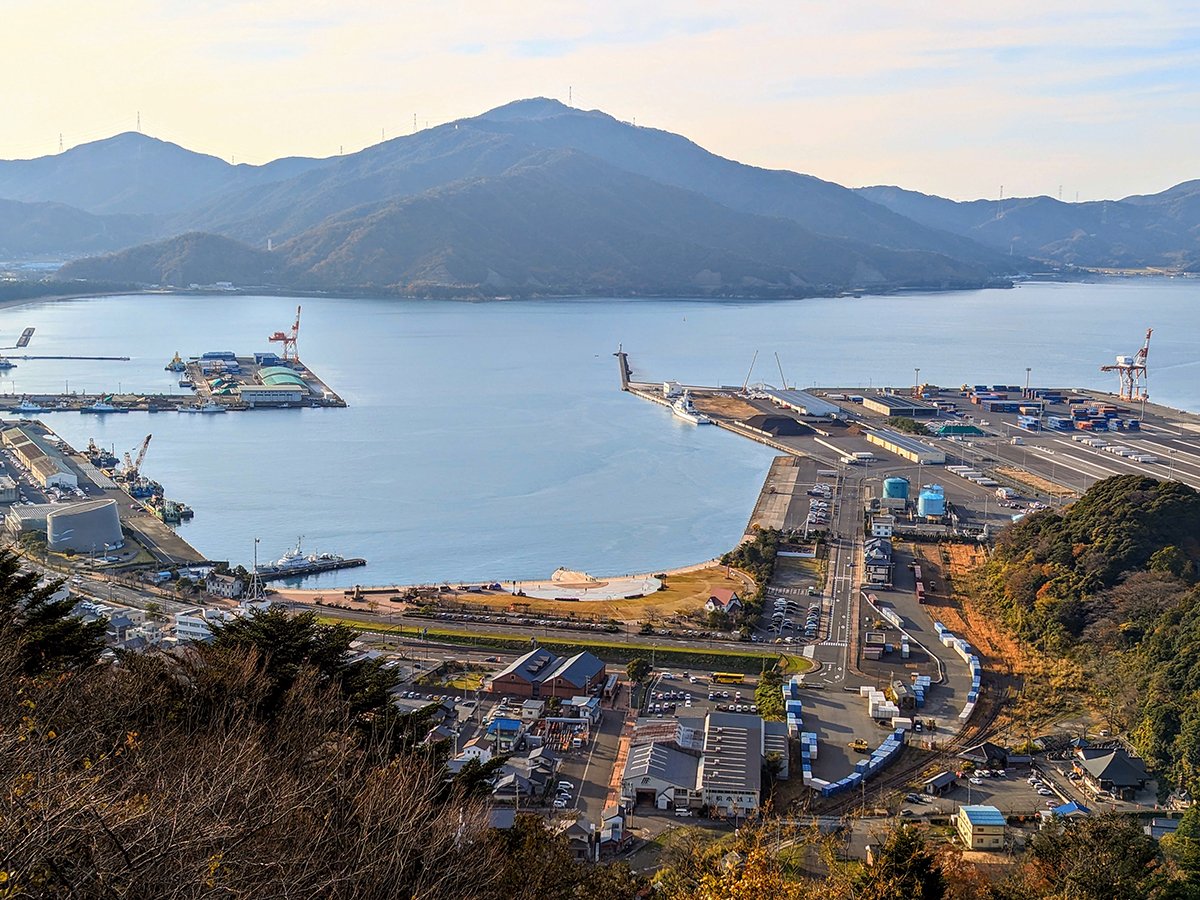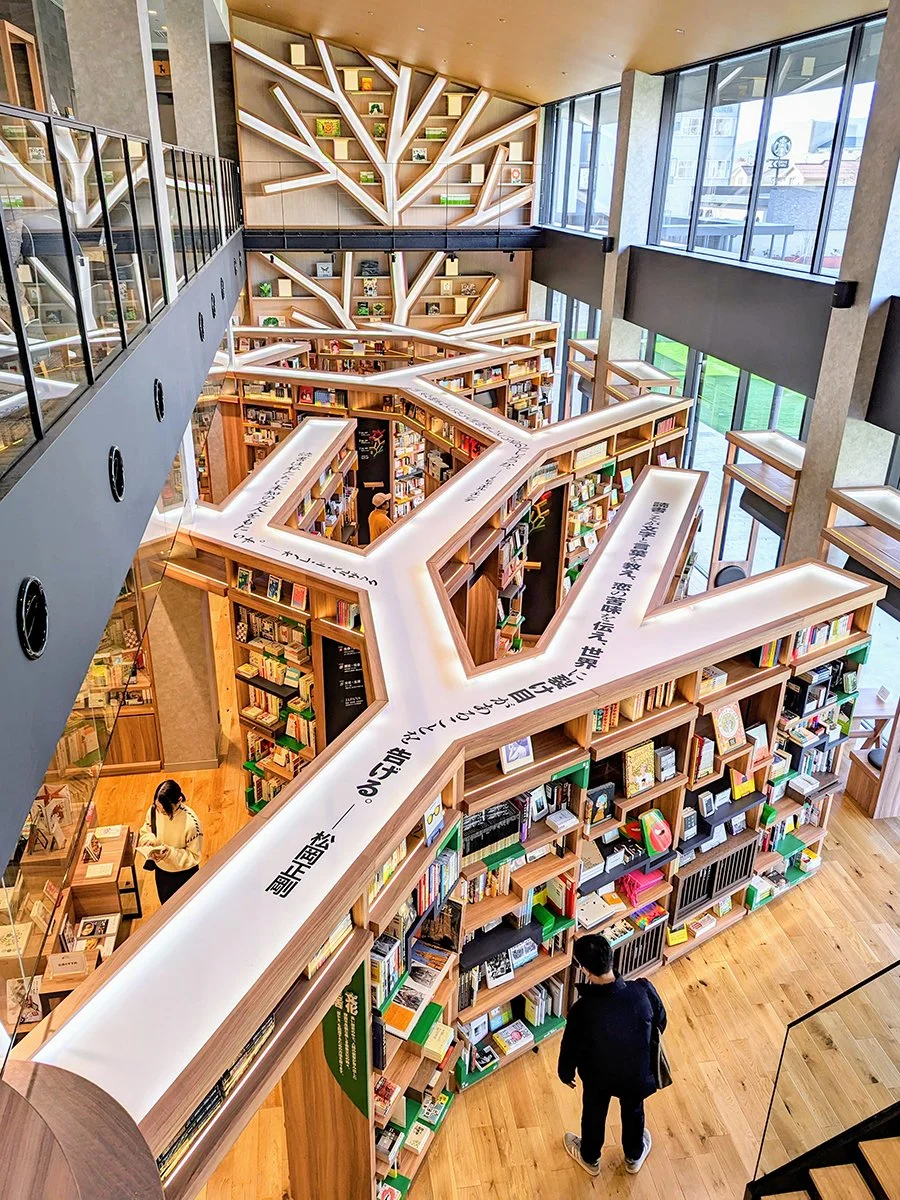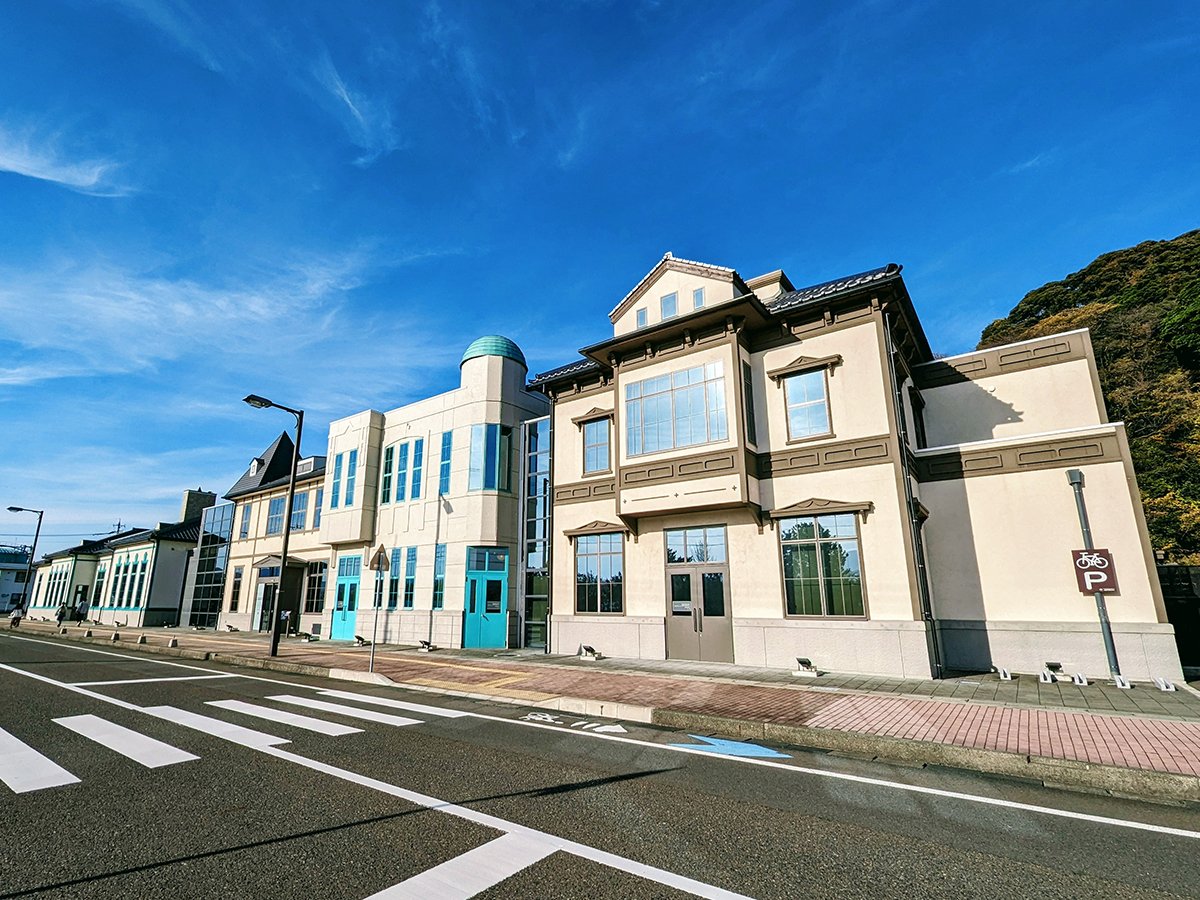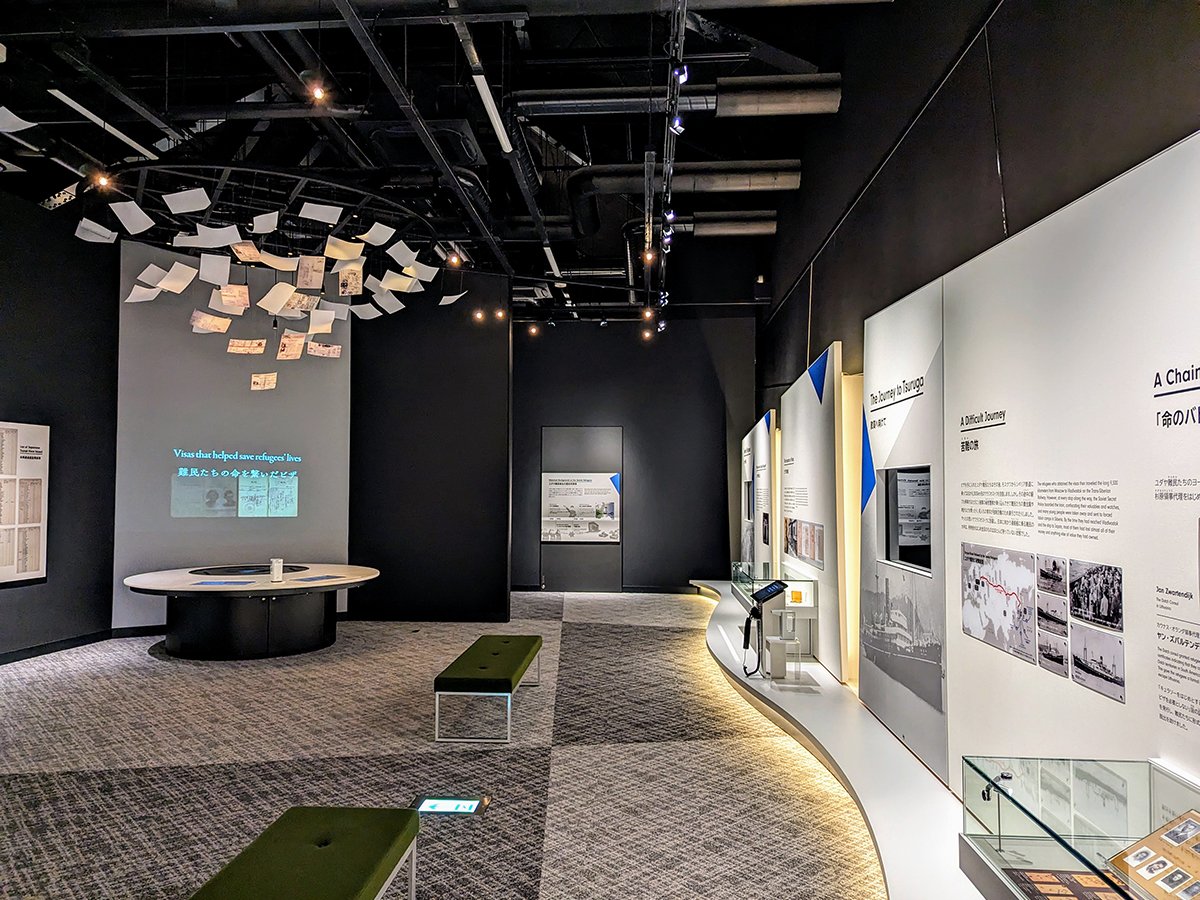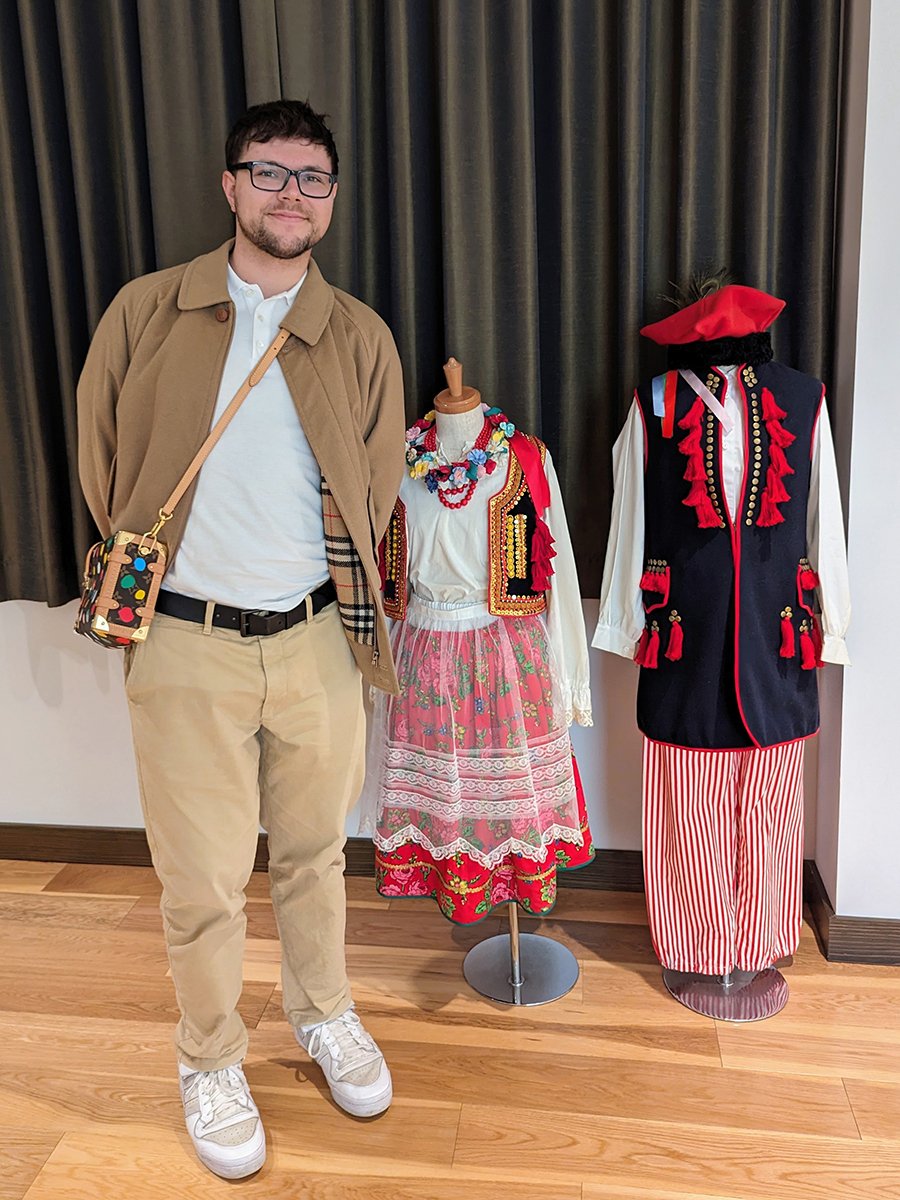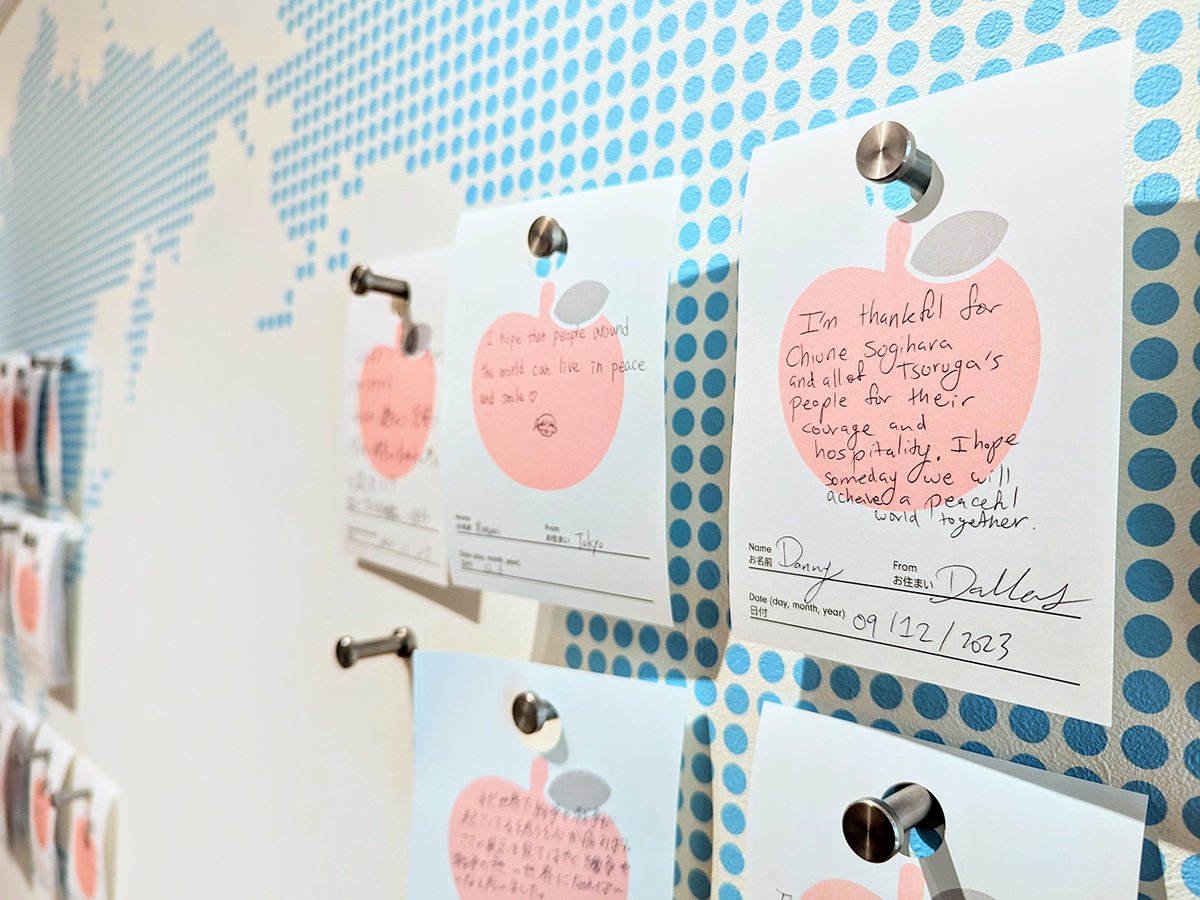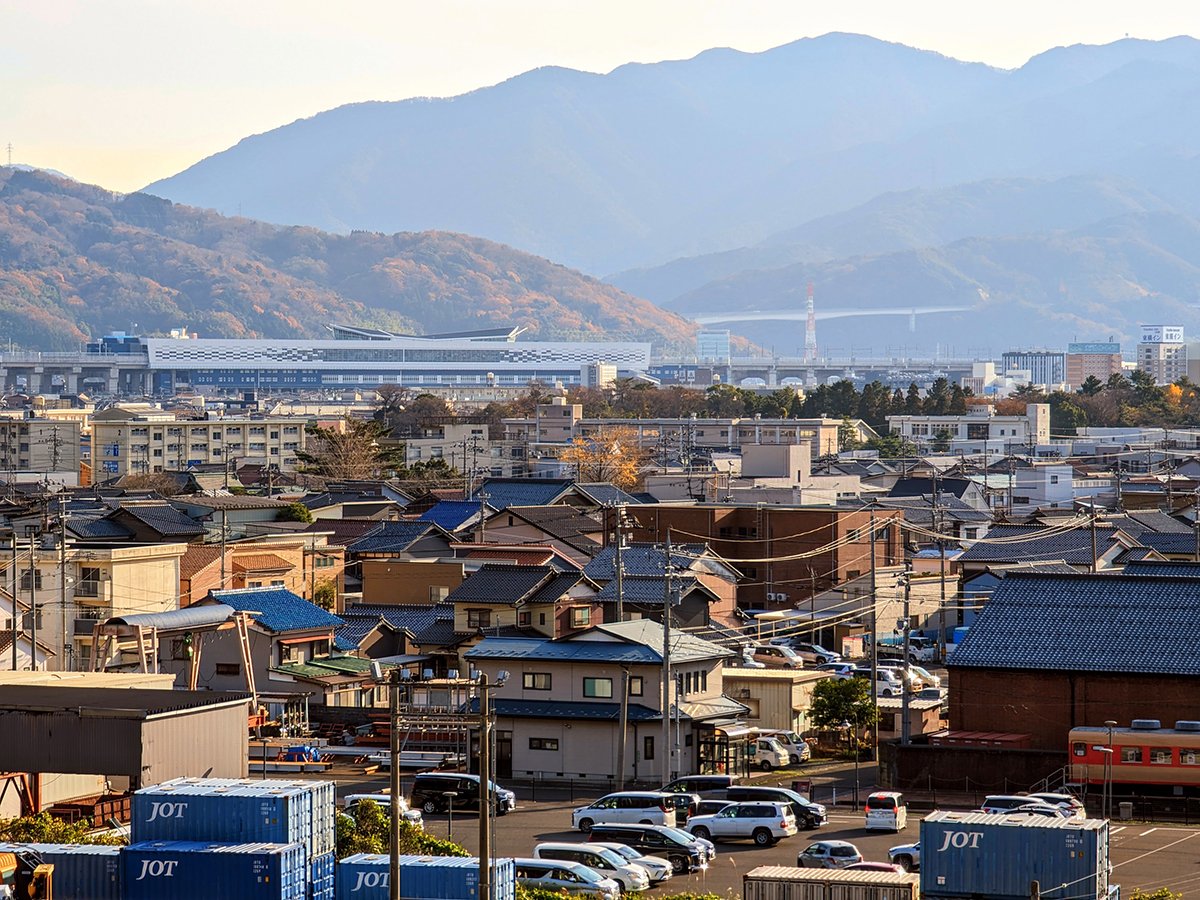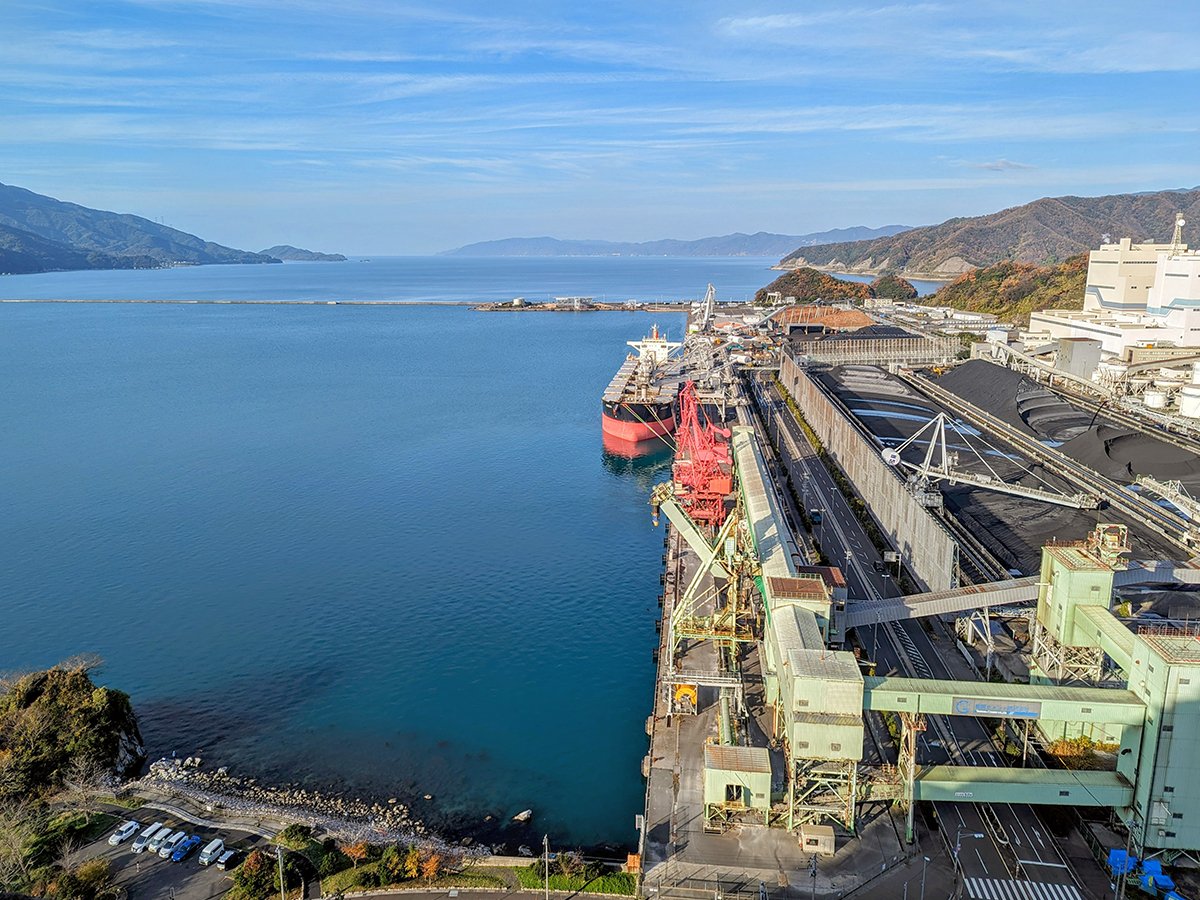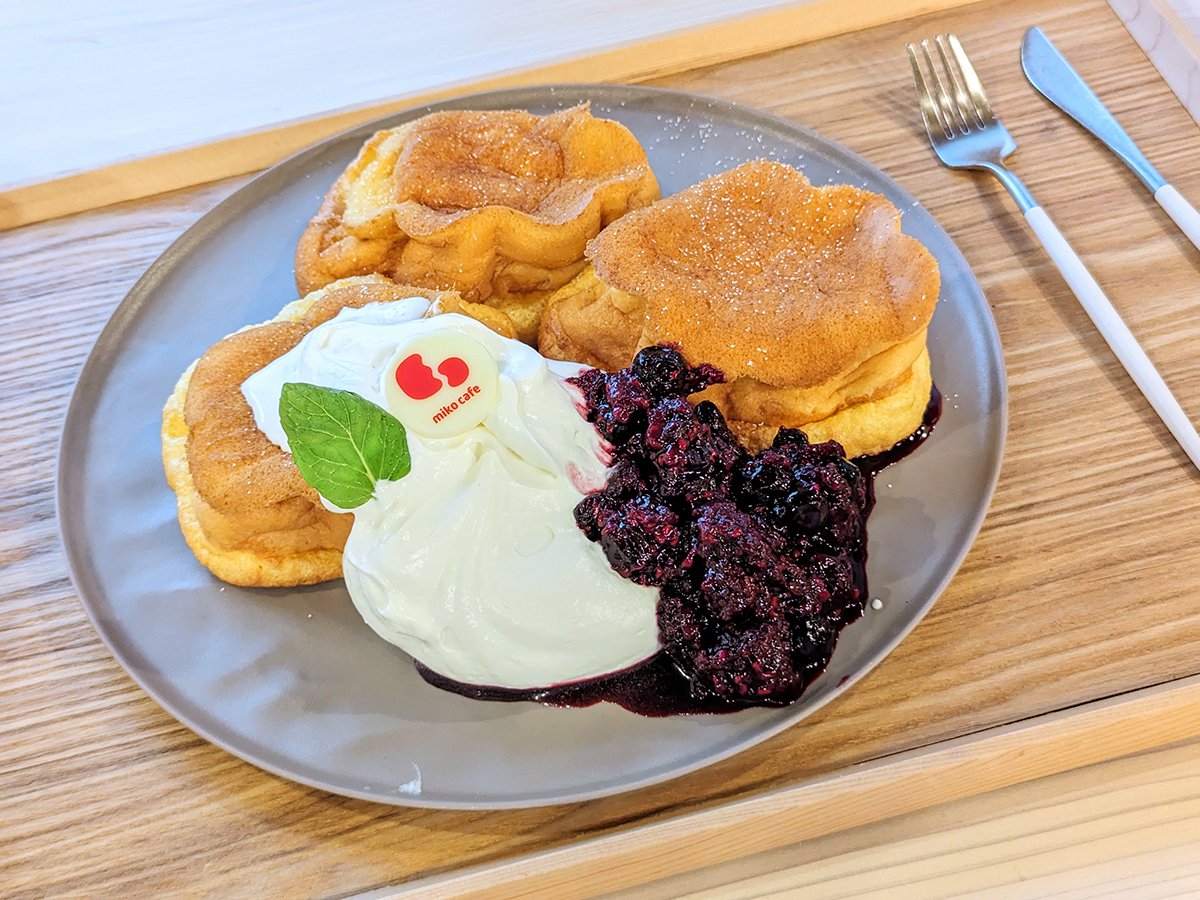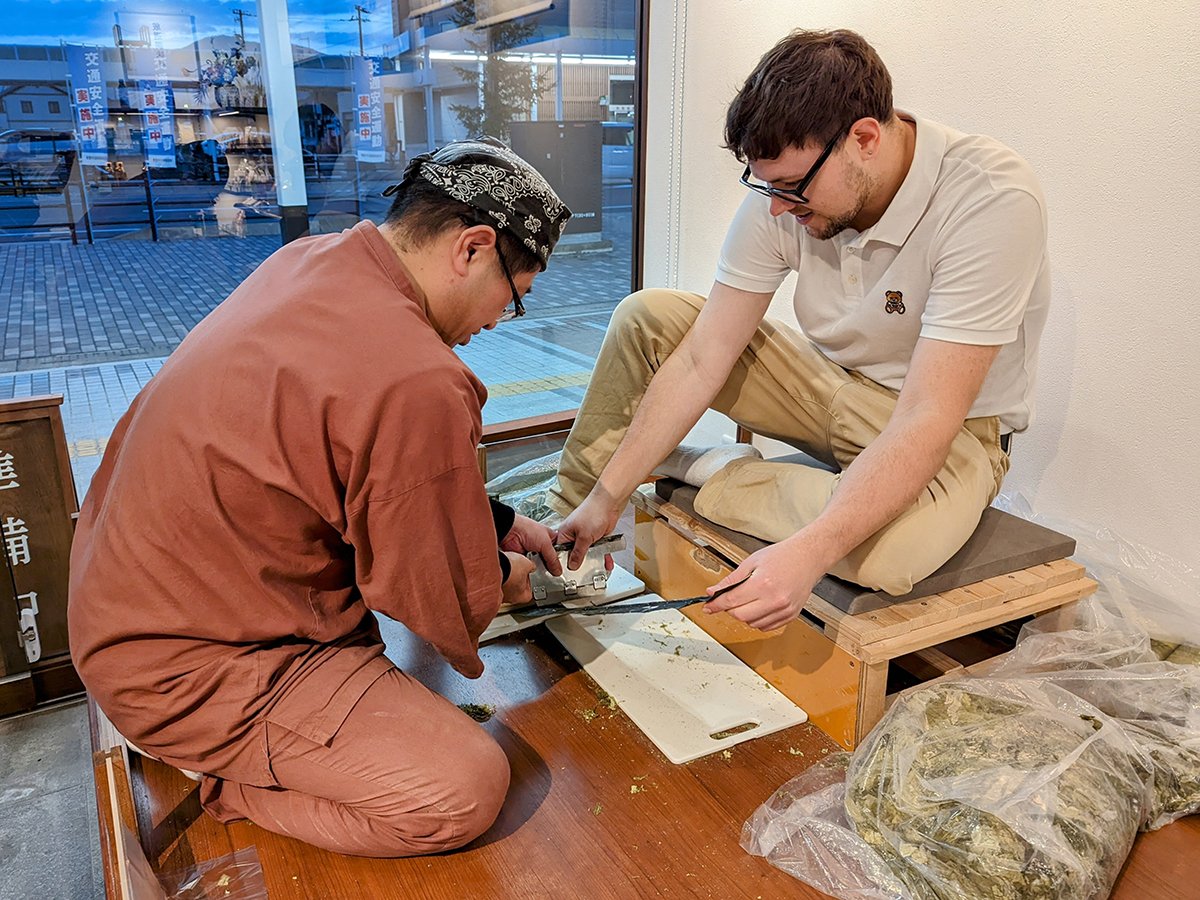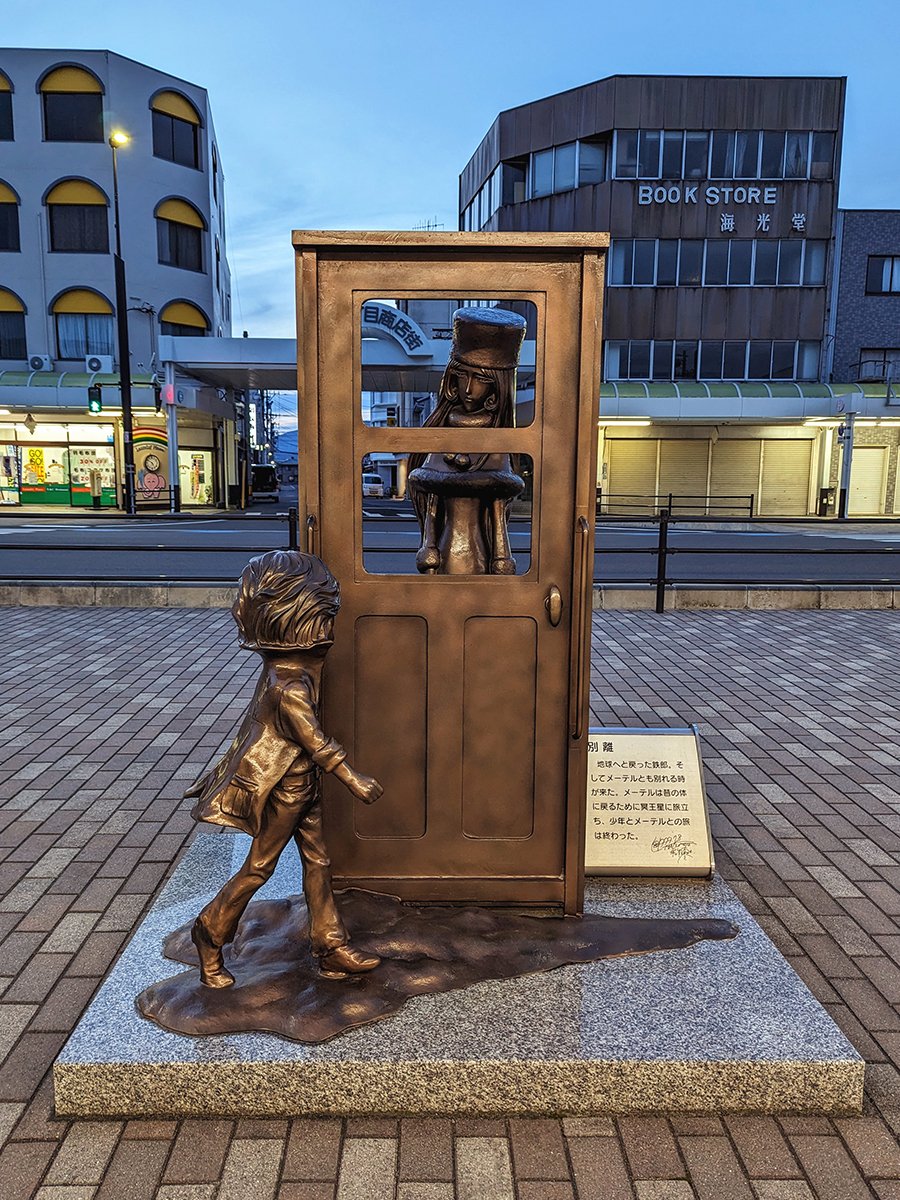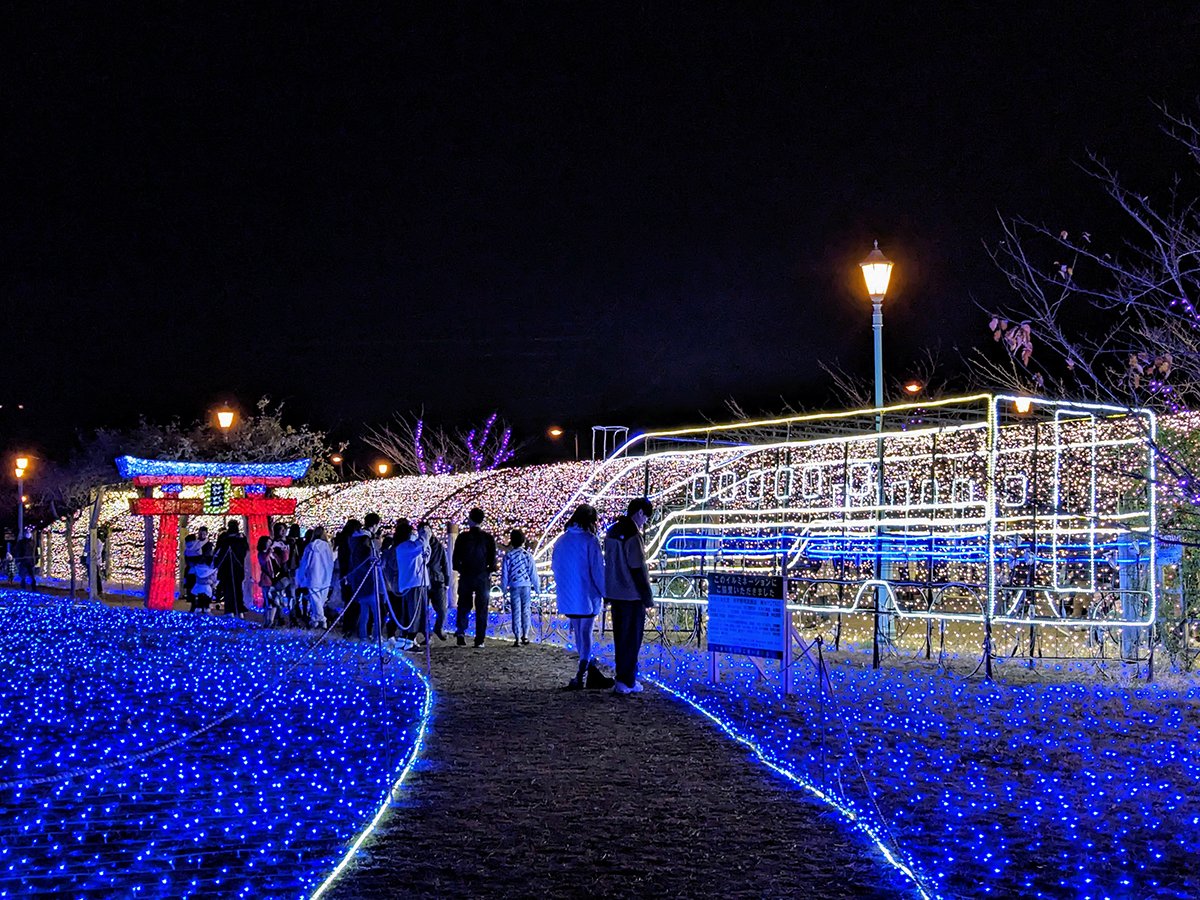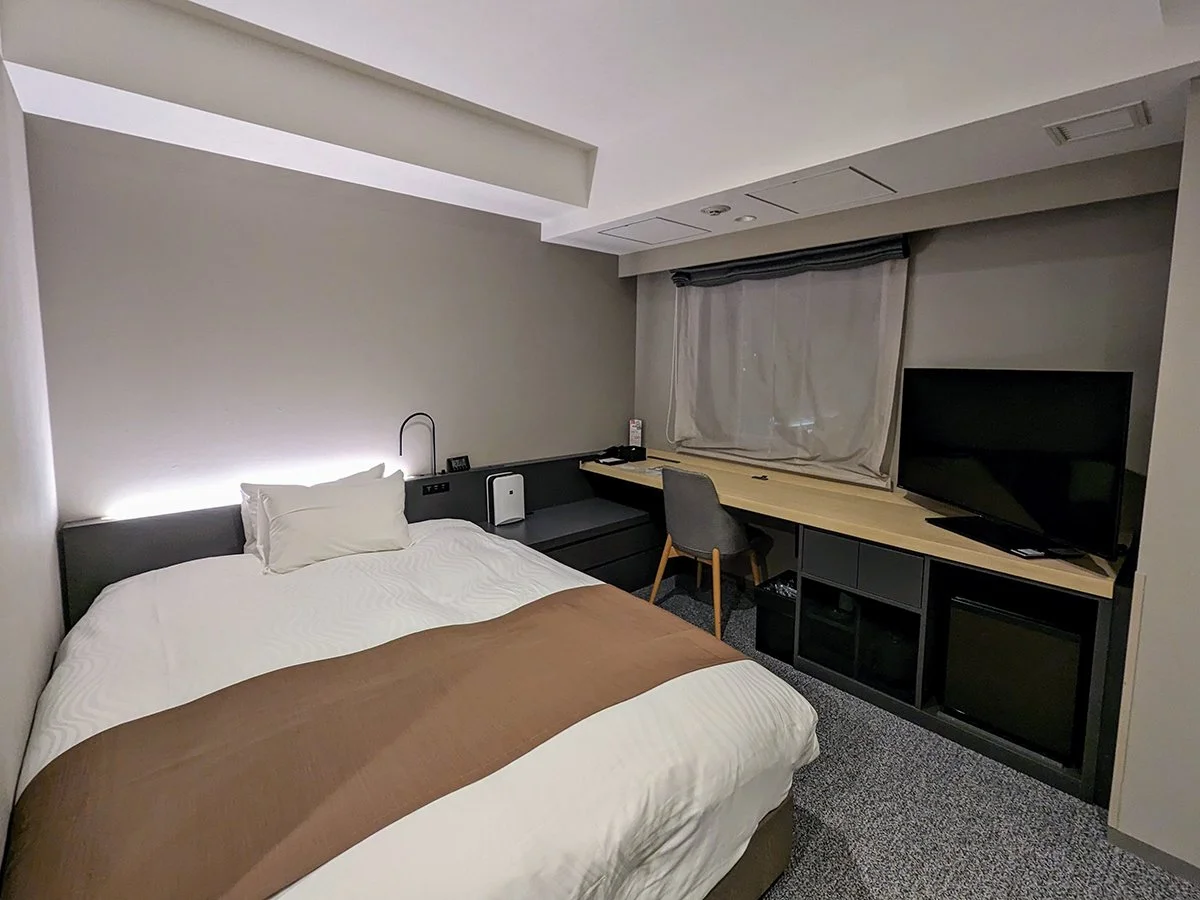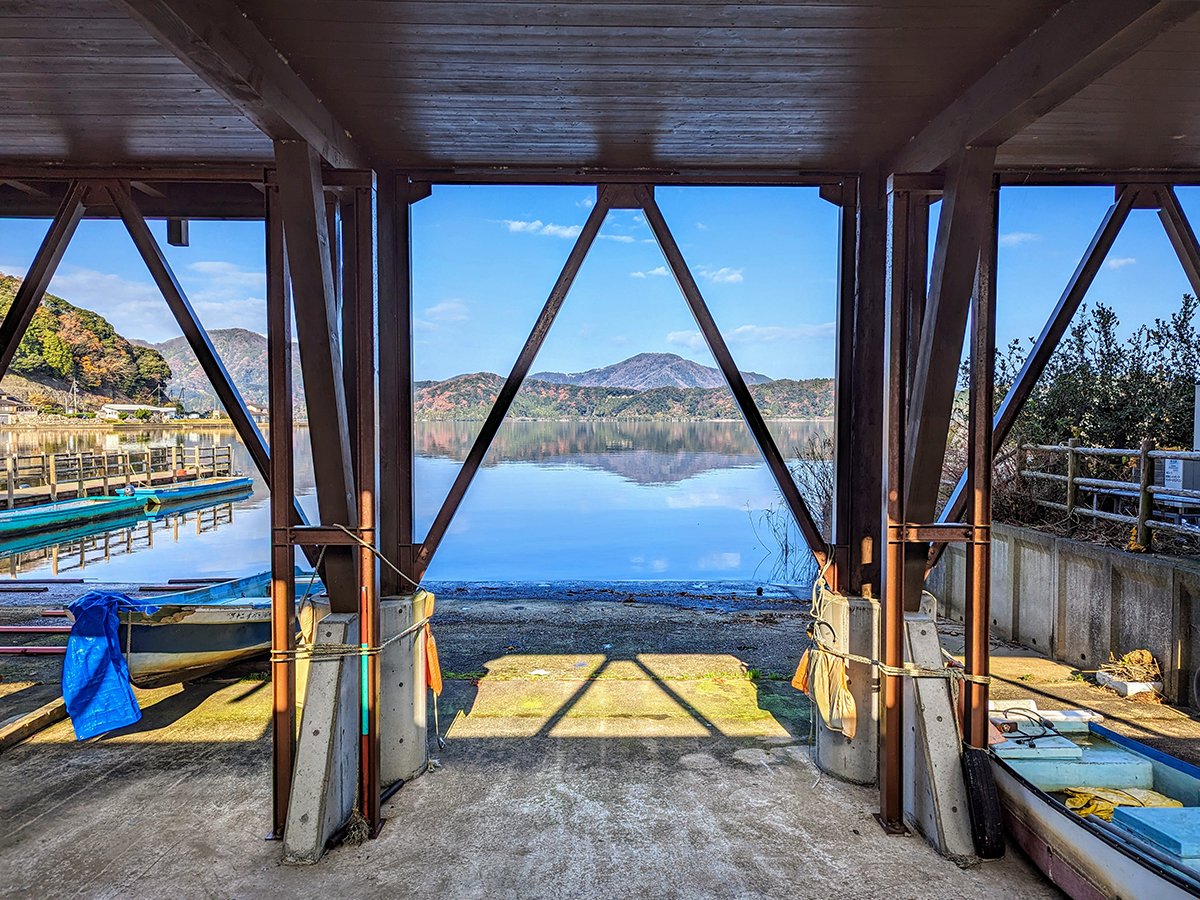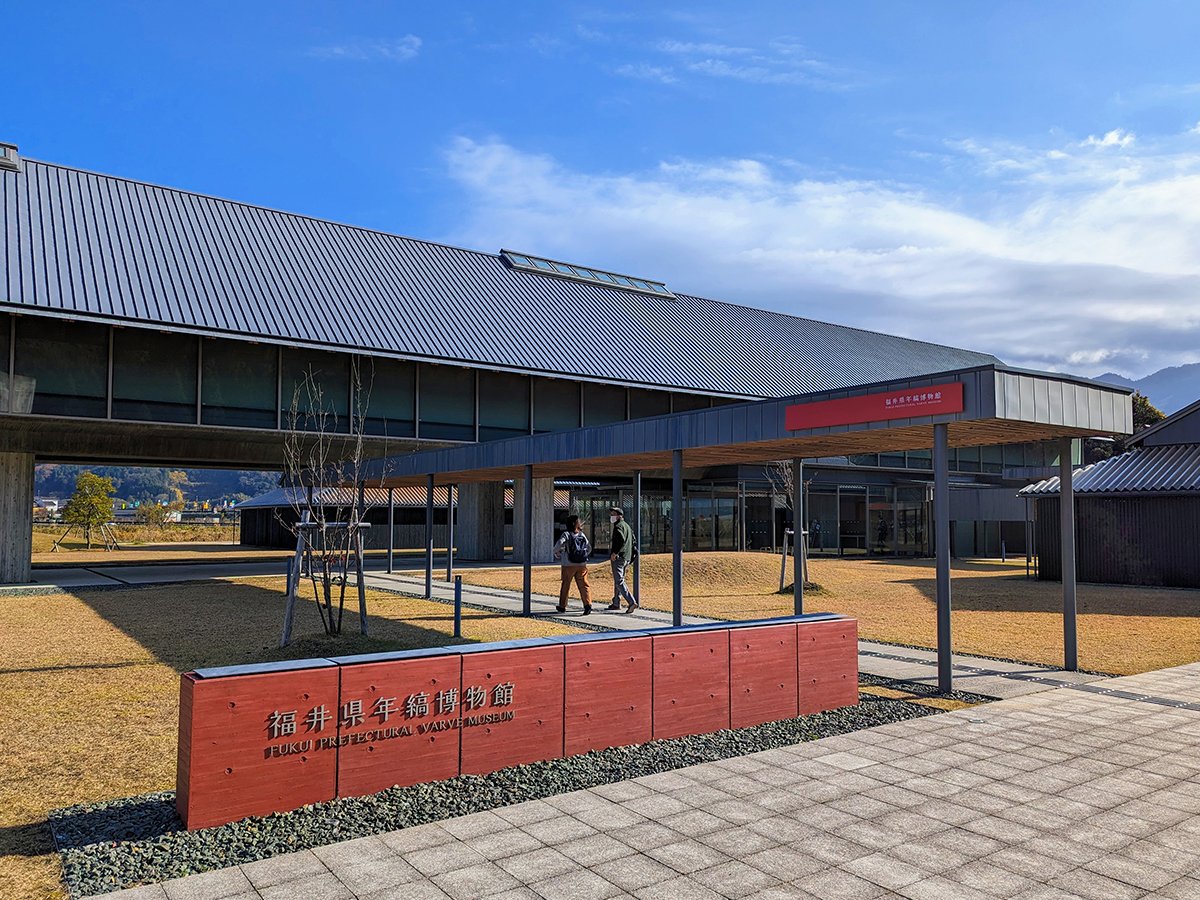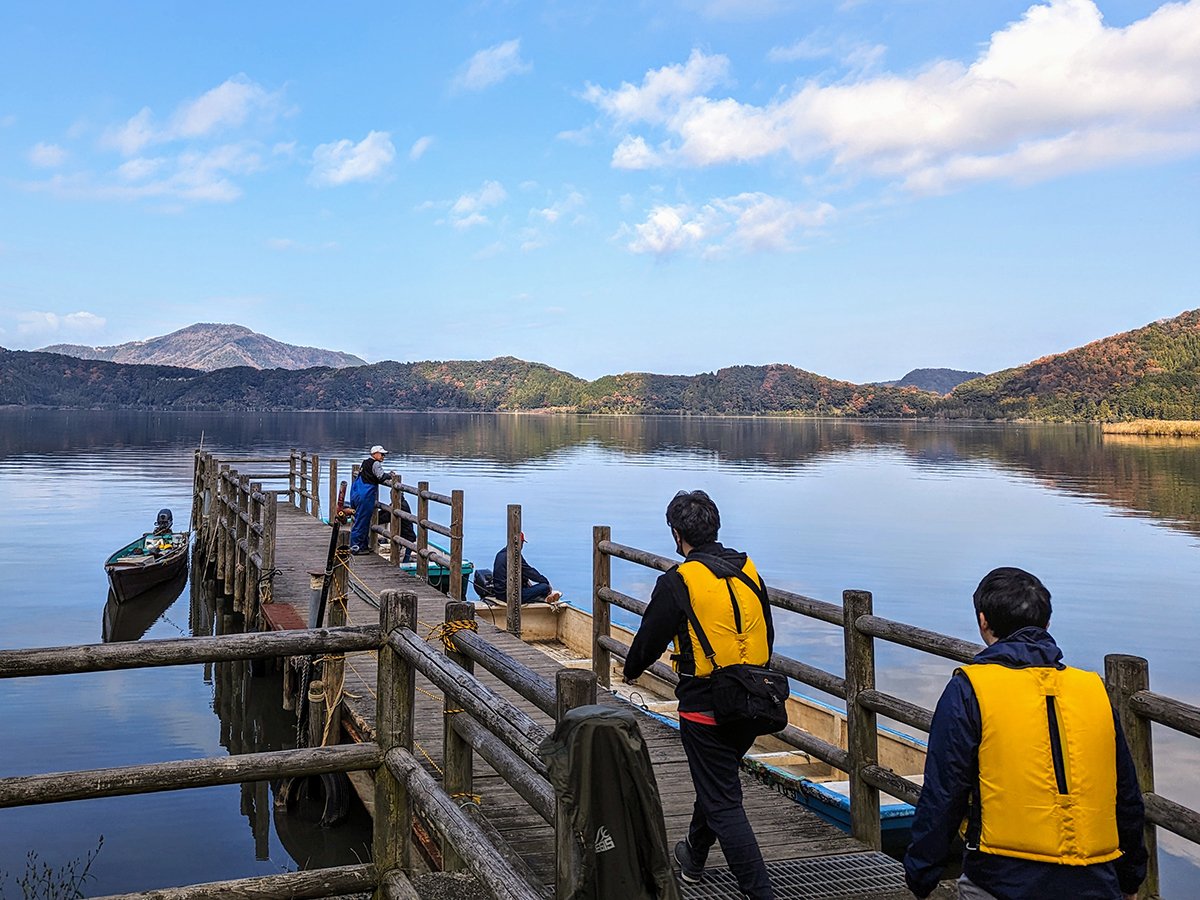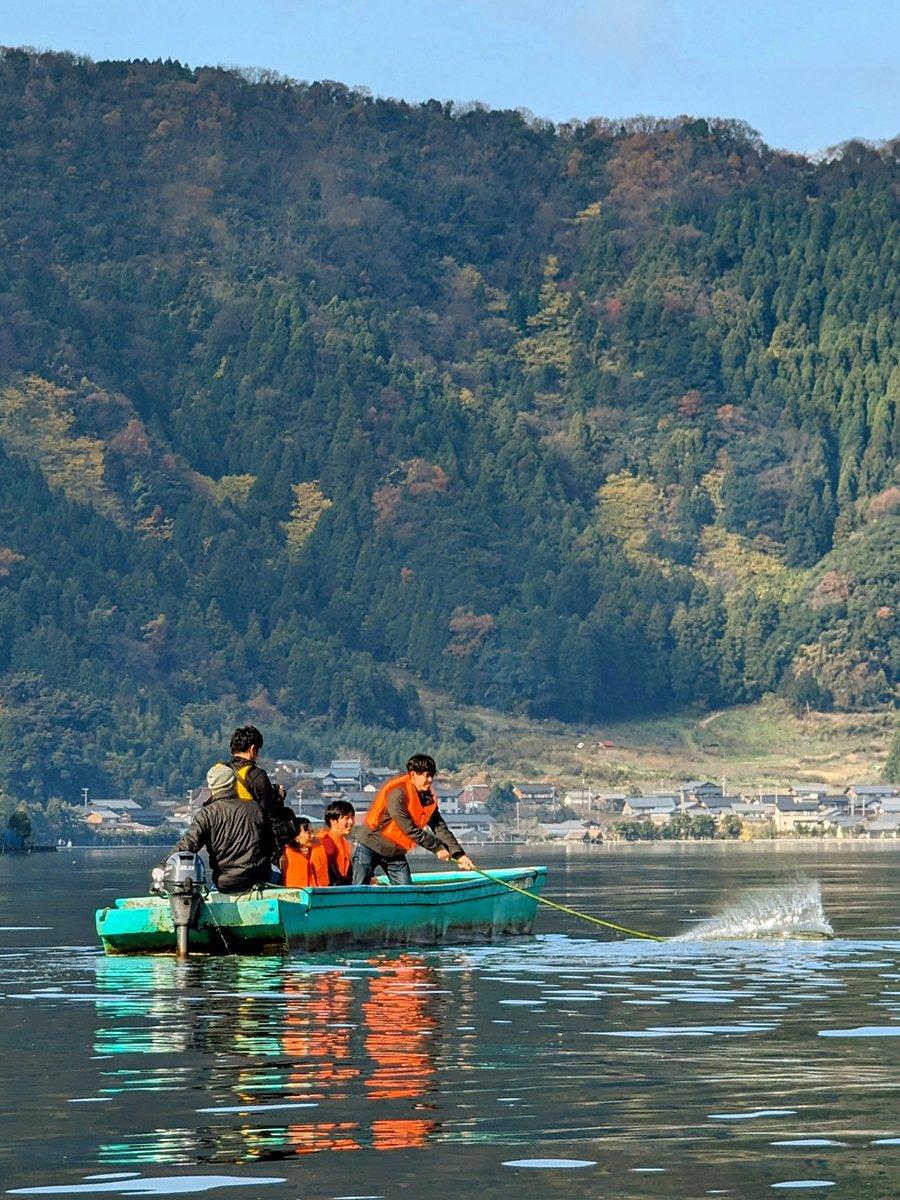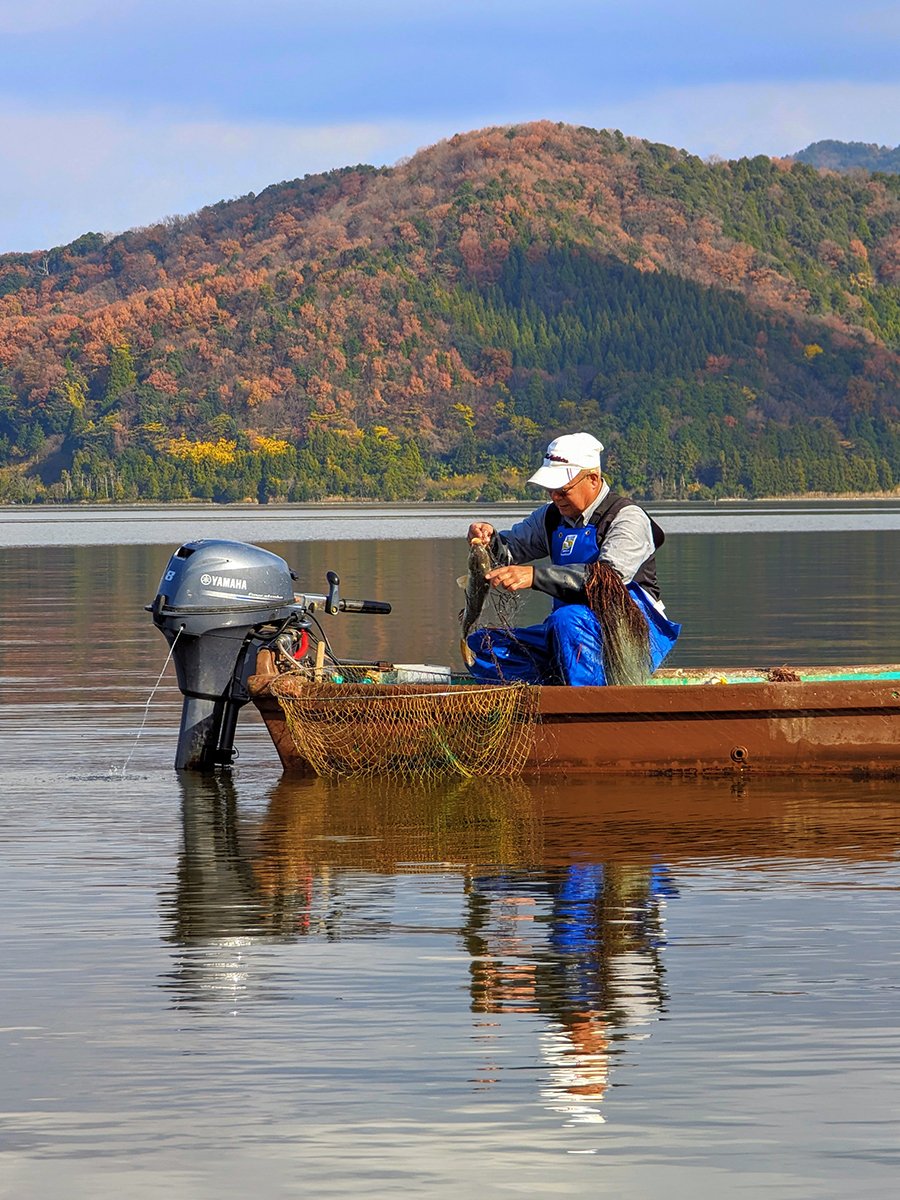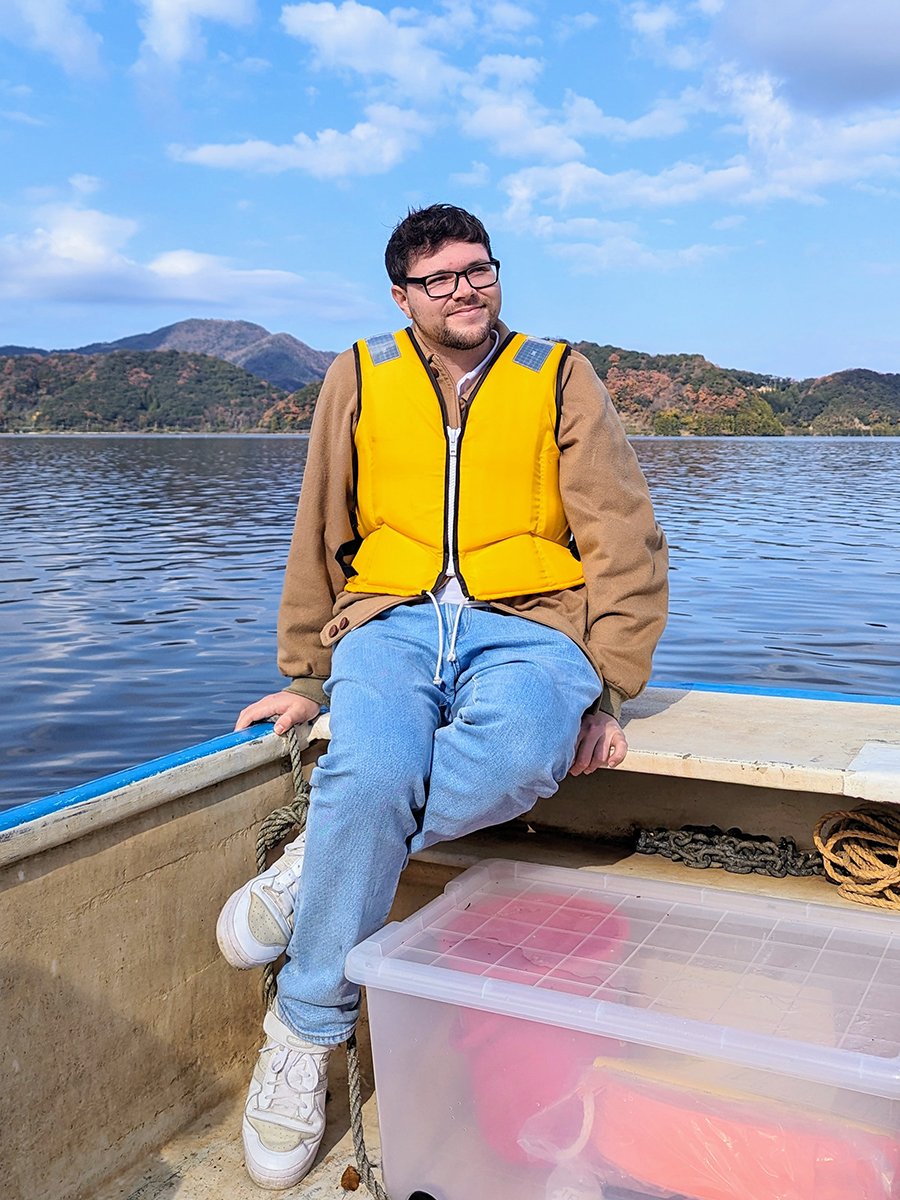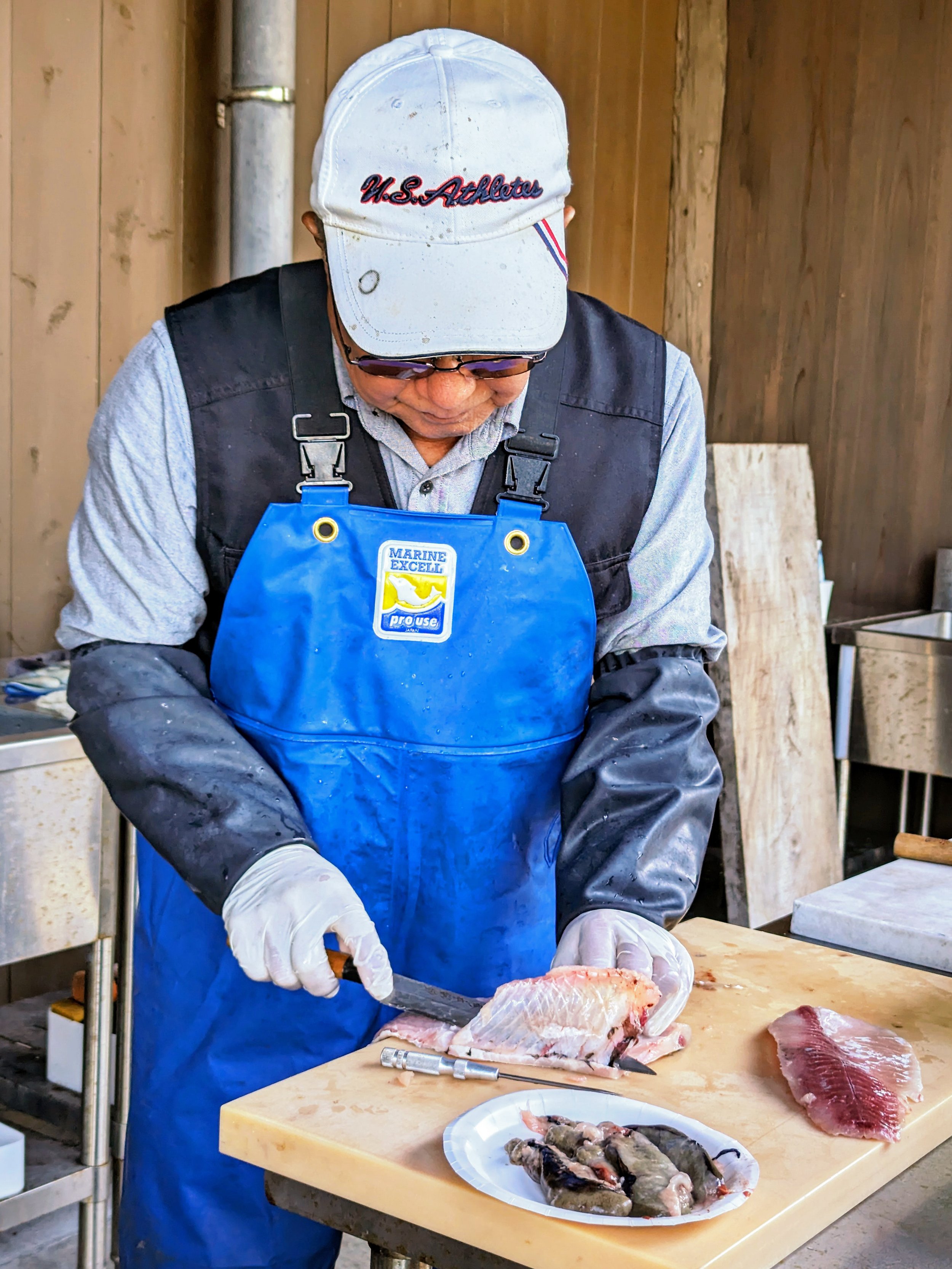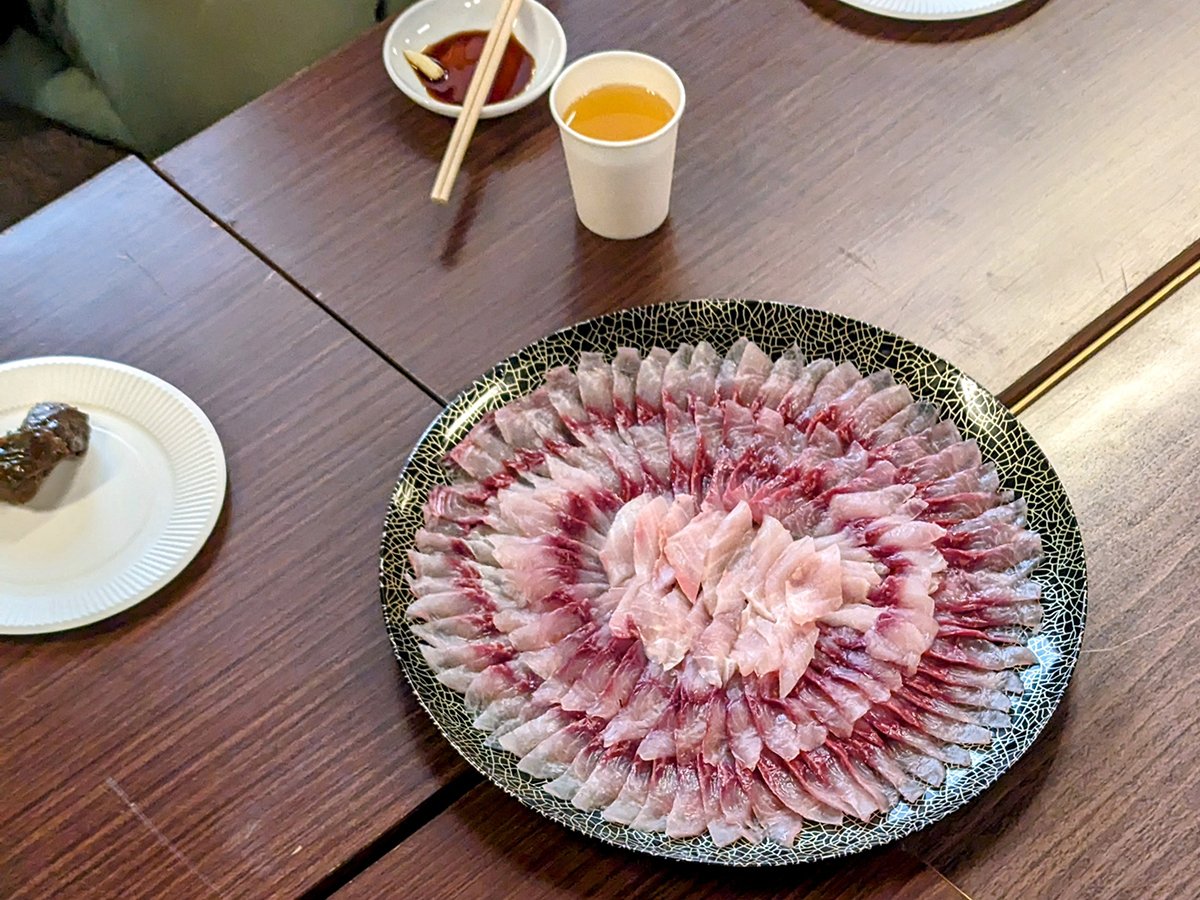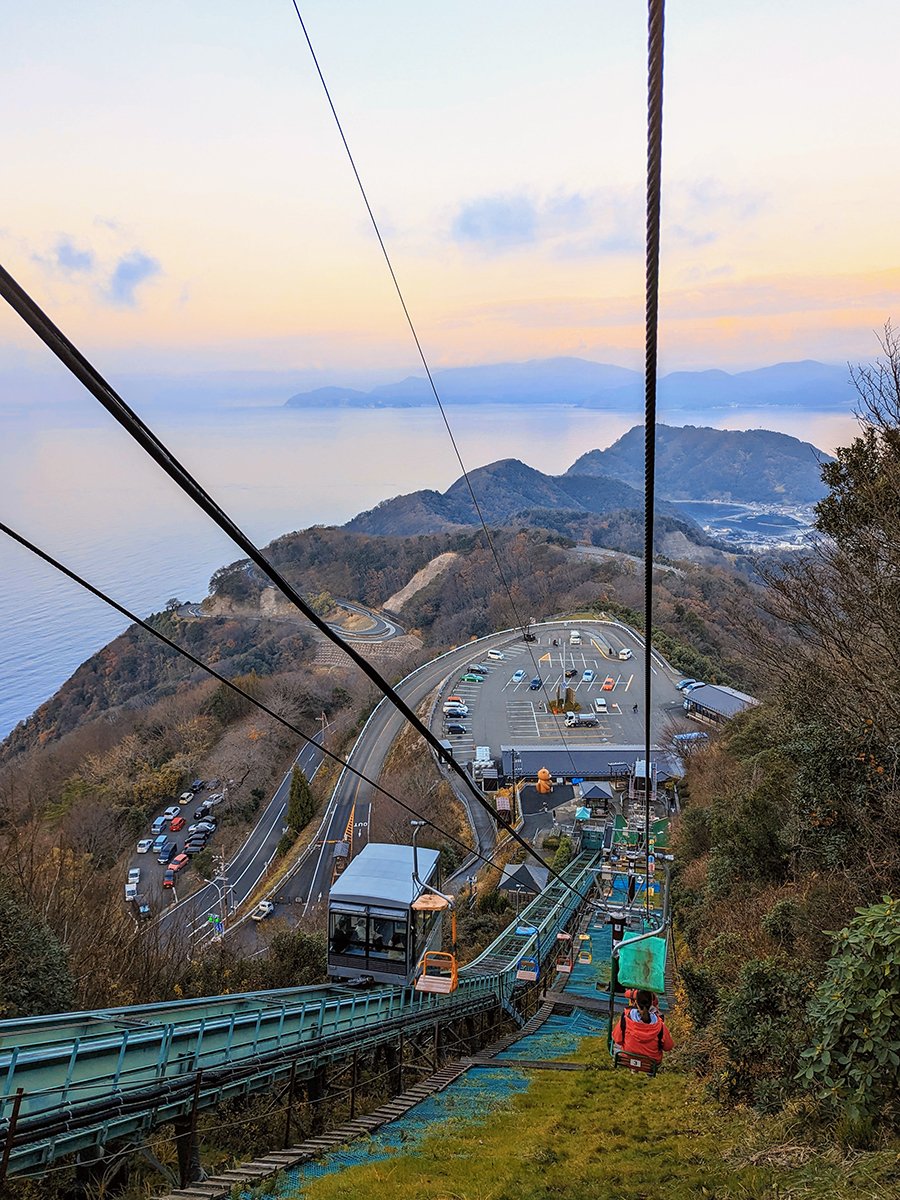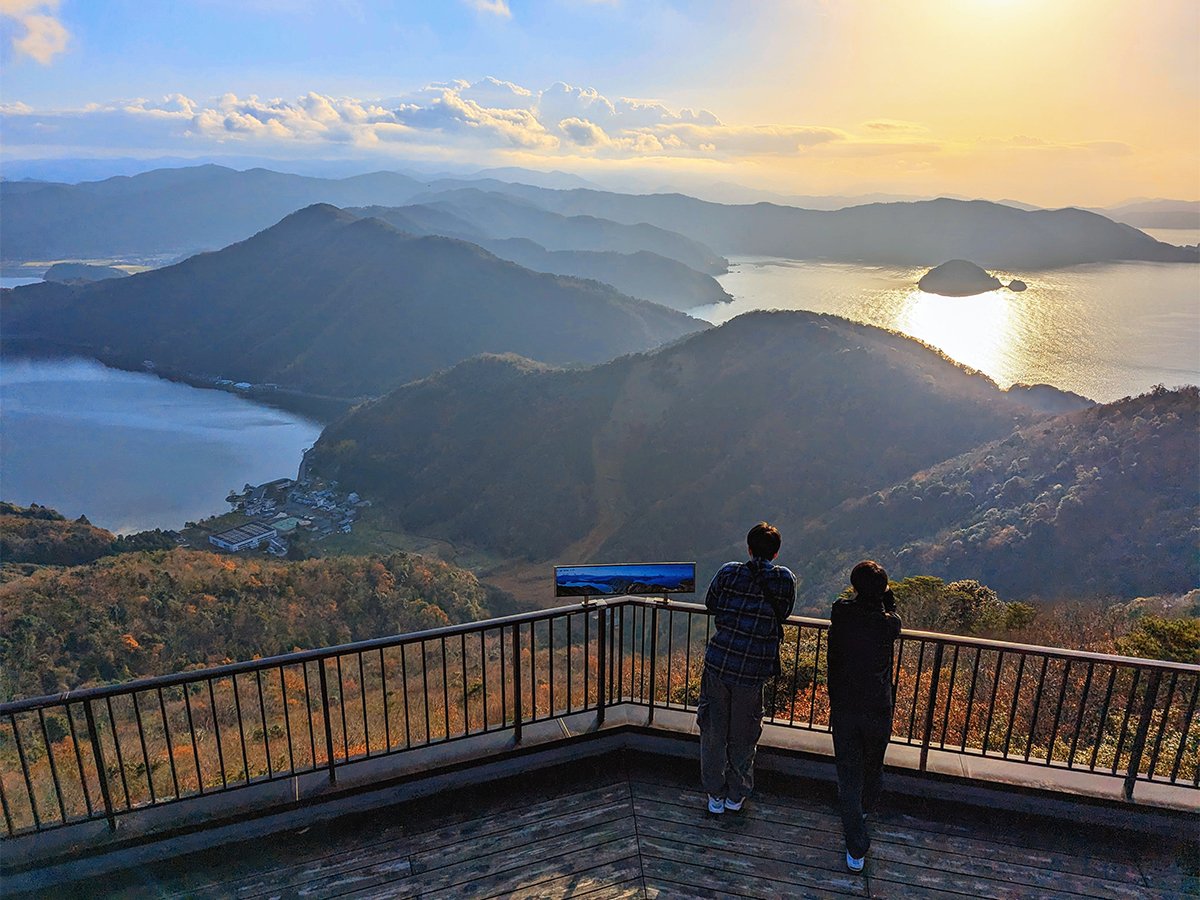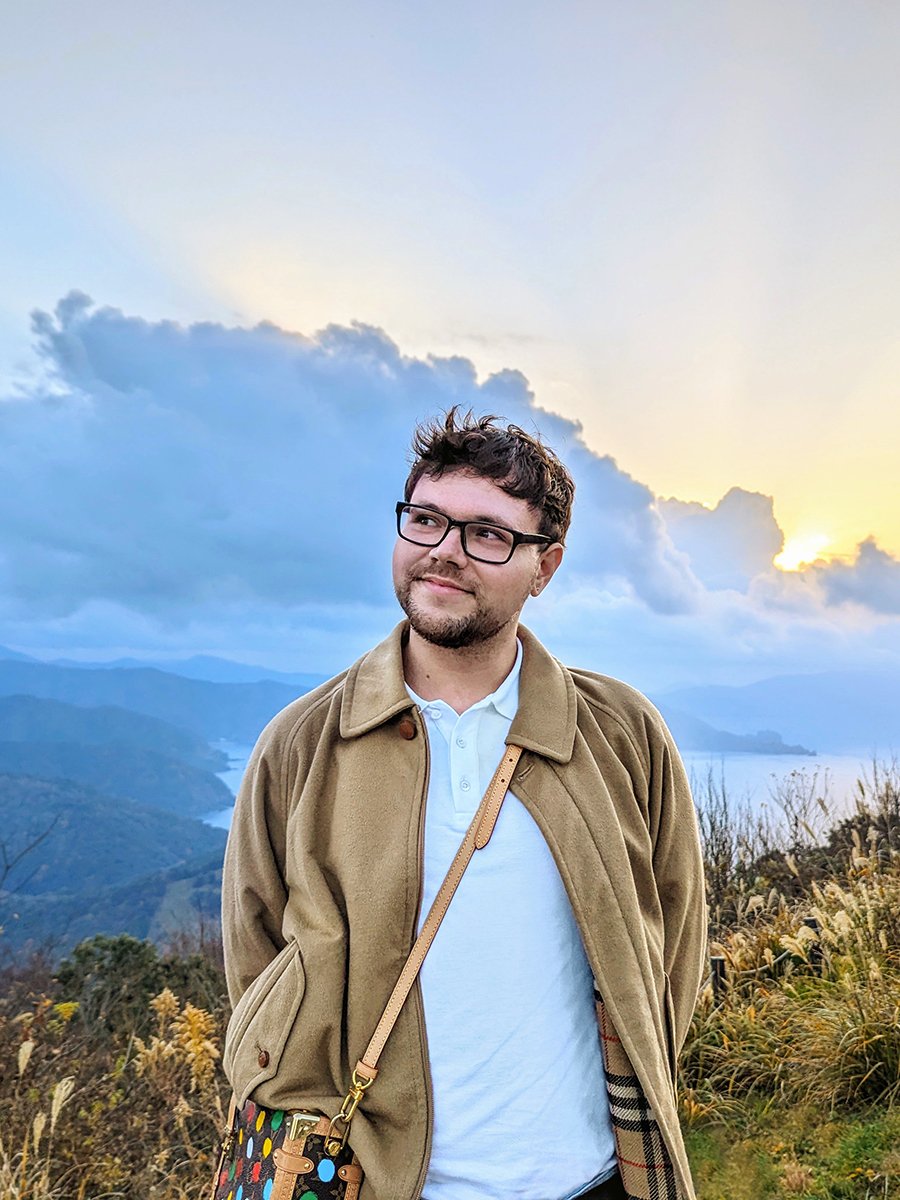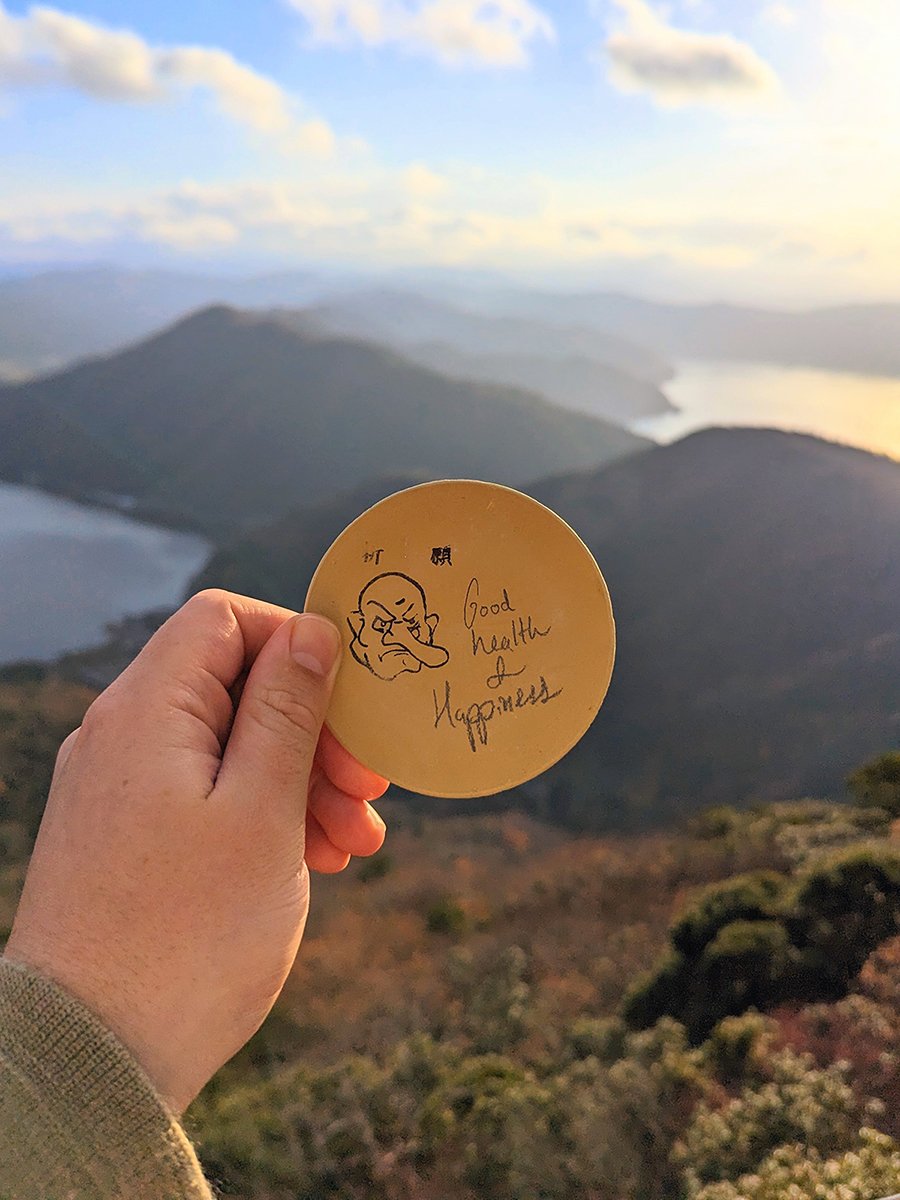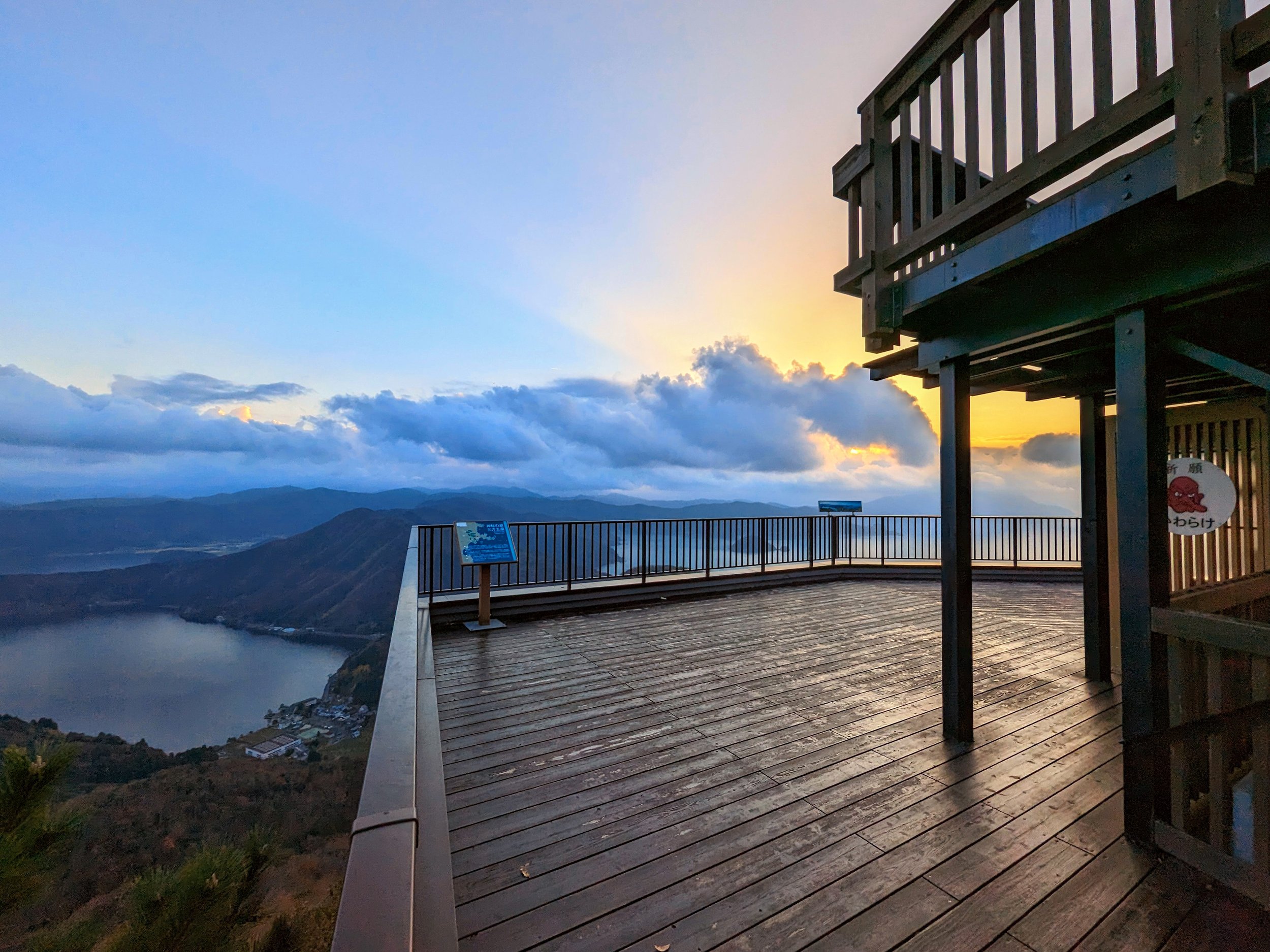A Weekend in Southern Fukui

Tsuruga and Wakasa offer rich heritage and nature.
Cover photo: Enjoying the view of Mikata-Goko (三方五湖), or the Five Lakes of Mikata, in Wakasa, Fukui Prefecture, Japan (2023).
Intro
I spent my birthday weekend in Tsuruga (敦賀) and Wakasa (若狭)! I was given an opportunity to join a trial session with Mikatagoko Tours, named after the Five Lakes of Mikata (三方五湖). Considered one of Fukui’s top nature spots, the lakes have long been on my bucket list. Though I’ve lived in Fukui for over two years, this was my first time exploring the southern area, called Reinan (嶺南). I was so excited!
Tsuruga (敦賀)
Since the lake tour was set to embark from Tsuruga Station on Sunday morning, I booked a local hotel for Saturday night. I was eager to finally visit the city known as the “Port of Humanity.” I arrived in Tsuruga around noon. The weather was perfect. After exploring the station area and eating a delicious lunch of winter crab at Sakana to Gohan Masuyone, I left for the port, home to the local history museum.
Tsuruga earned its name “Port of Humanity” as Japan’s only city to welcome European refugees ashore in the 20th century. Located on the nation’s west coast, Tsuruga became a vital gateway upon the completion of Russia’s Trans-Siberian Railway in 1916. In total, Tsuruga received over 700 Polish orphans during the partition of Poland and some six thousand Jewish refugees in World War II.
The Port of Humanity Tsuruga Museum (人道の港敦賀ムゼウム) recounts their stories with artifacts, replicas, and videos. According to testimonies, Tsuruga was a “paradise” of beautiful nature and generous people. The Europeans were kindly greeted. Many Polish children received apples upon arrival and one local sento offered Jewish refugees free bathing.
The museum also highlights Gifu-born diplomat Chiune Sugihara (杉原 千畝), who worked at the Japanese consulate in Lithuania in 1940. Disobeying direct orders from Tokyo, Sugihara issued thousands of visas to fleeing Jewish families. Often compared to Oskar Schindler, Sugihara is now a cherished national role model. Last year, one of my top students wrote about Sugihara’s bravery for Fukui Prefecture’s annual English speech contest!
I was deeply moved by the exhibits. I hope many people will visit the museum, renewed just recently in 2021. While small, it was well-designed and thorough. I was especially pleased to see evidence of a flourishing friendship between my ancestral home of Poland and my current home, Japan.
Afterwards, I passed through the Red Brick Warehouse, and left to wander around Mount Tentsutsu, which offered nice views of the surrounding area. After my unplanned hike, I rewarded myself with pancakes at the trendy Miko Cafe. The mixed fruit jam was great! I also stopped by Kehi Jingu. Dating back to the 8th century, it’s one of the oldest shrines in the area and a popular “power spot” which imbues visitors with good energy.
While walking, I also stumbled upon a workshop at the kelp store Tsuruga Konbu. I was invited inside to try shaving algae! It was fun. Algae is appreciated for its savory taste, called umami. Konbu, or kelp, is one of the main ingredients of Japanese soup stock, dashi.
I concluded my evening with a stroll through the port’s winter illuminations and Tsuruga’s main street, which is dotted with odd sculptures inspired by late manga artist Leiji Matsumoto (松本 零士). Having walked 14 kilometers (about nine miles), I was ready to rest. My room at Hotel Granbinario was one of the most spacious I’ve had in Japan! I quickly drifted to sleep.
Wakasa (若狭)
Finally it was the day of the tour! After a nice hotel breakfast, I went to the meeting point at Tsuruga Station. The group consisted mostly of local foreign English teachers, like myself, and two young tour guides. Once everyone was accounted for, we headed to Wakasa by car.
Wakasa is famous for Mikata-Goko, the Five Lakes of Mikata. Each lake has a different salinity and depth, resulting in five different ecosystems with five different hues!
Our initial stop was the Fukui Prefectural Varve Museum (福井県年縞博物館), the world’s first museum dedicated to varve, or underwater sedimentary layers. Like tree rings, this natural phenomenon provides a detailed record of climate patterns and weather events.
Thanks to Lake Suigetsu’s unique conditions, geologists have recovered 45 meters (148 feet) of sediment from the “miracle lake,” accumulated over 70,000 years. This is the longest varve found in the world! Suigetsu is now considered a “global benchmark for radiocarbon dating” with the lake’s data cited in over 10,000 scientific publications.
After learning about the site’s significance, it was time to go fishing! Together with local fishermen, we boarded boats on Lake Mikata, the only one of the lakes with freshwater. Here, the fishermen employ a unique method called tataki-amiryo (たたき網漁), or “strike net fishing.” They use bamboo poles to strike the water’s surface, driving startled fish into gillnets. This technique dates back over four hundred years to the Edo Period. The fishermen were eager to teach us. It was a bit silly, but totally enjoyable!
I was shocked to learn that we were fishing for carp, as I was only familiar with Japanese koi, which are not commonly eaten. It turns out, Japan is home to another species called crucian carp. Coincidentally, I have eaten carp before, for Christmas dinner in Poland. The tour guides asked me many questions about it!
We were out on the water for an hour and a half, catching about twenty fish. Upon return, the fishermen prepared lunch, cutting our fresh catch into sashimi. We also tried baked carp and carp boiled in soup. I was surprised to like the baked carp the best. Though there were many bones to pick through, it had the best flavor.
During lunch, the elderly fishermen explained that they have no young apprentices. Like many of Japan’s traditions, this heritage is threatened by rural flight and general population decline. There is growing optimism that the forthcoming Hokuriku Shinkansen (bullet train) will revitalize affected communities. The fishermen hope tours like this one will be a profitable incentive for younger generations to preserve local traditions.
The tour was concluded with our meal. After we said our goodbyes, I joined another teacher for a drive up to the Rainbow Line Summit Park atop Mount Baijodake, which offers a panoramic view of Wakasa as well as the Sea of Japan. It was stunning, better than I had dared to imagine! We watched the sun set behind the hills. I also ate sea-salt-flavored soft cream and tried kawarake-nage, or wishful pottery throwing. It was the best birthday I’ve had in many years.
Author’s Note
As part of the Fukui Reporter program, I am tasked with participating in local events and publicly promoting the prefecture. This is a volunteer position that allows me free entrance to a selection of museums throughout the area. I also attended the Wakasa fishing trial with Mikatagoko Tours for free. The opinions I share are my own.

